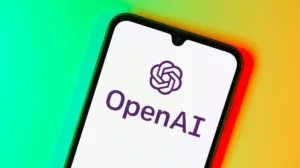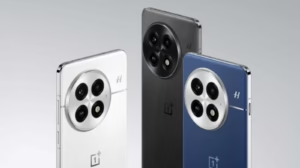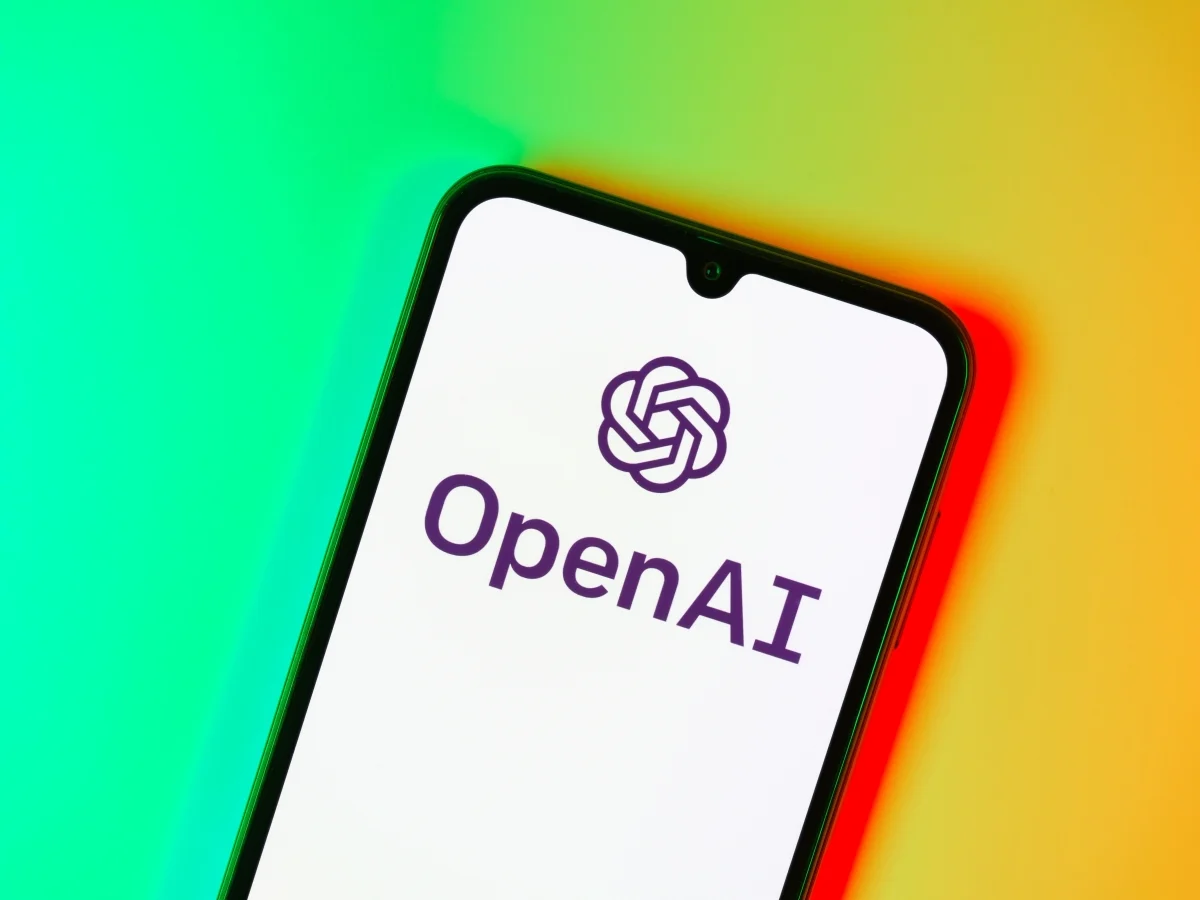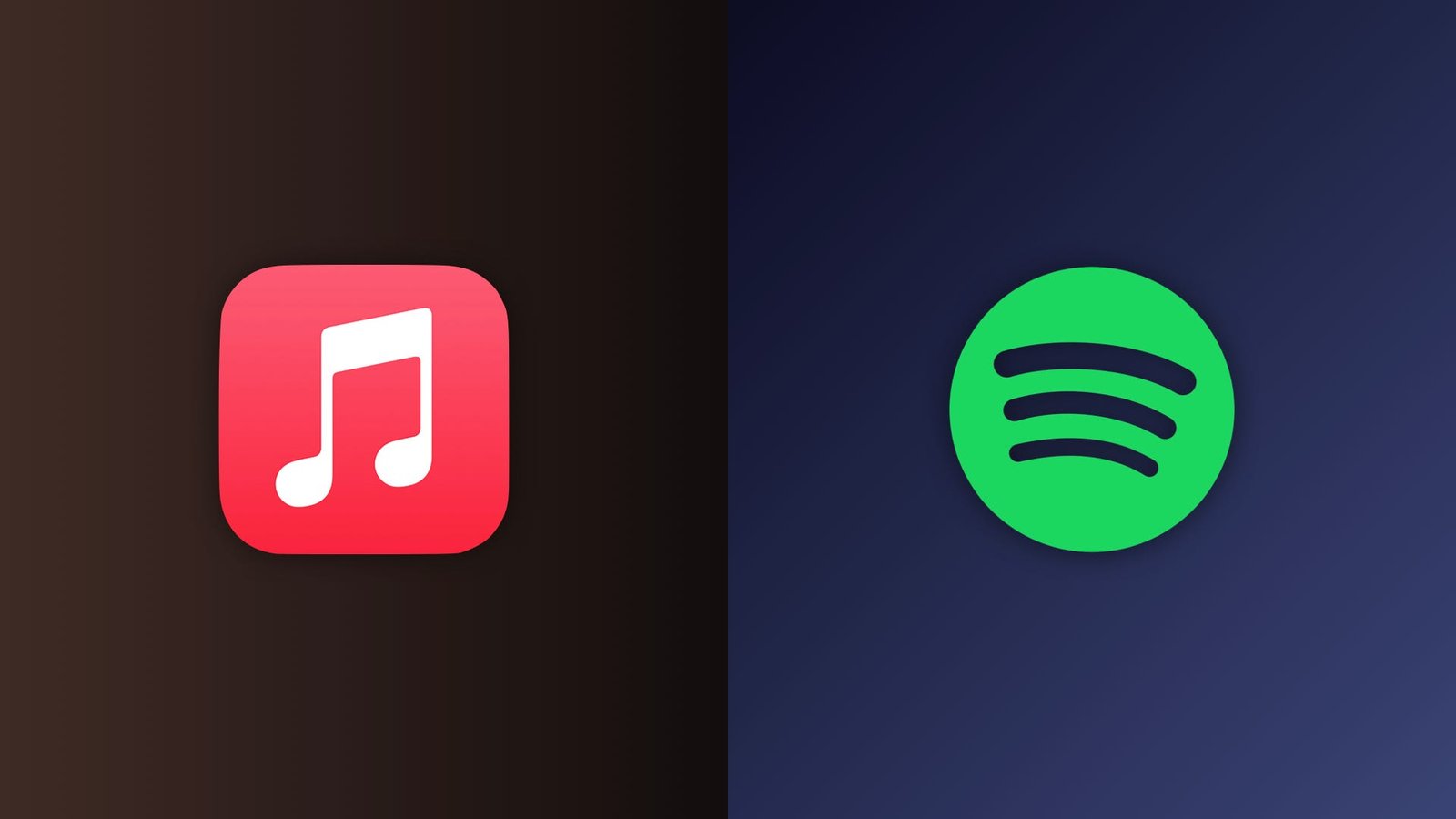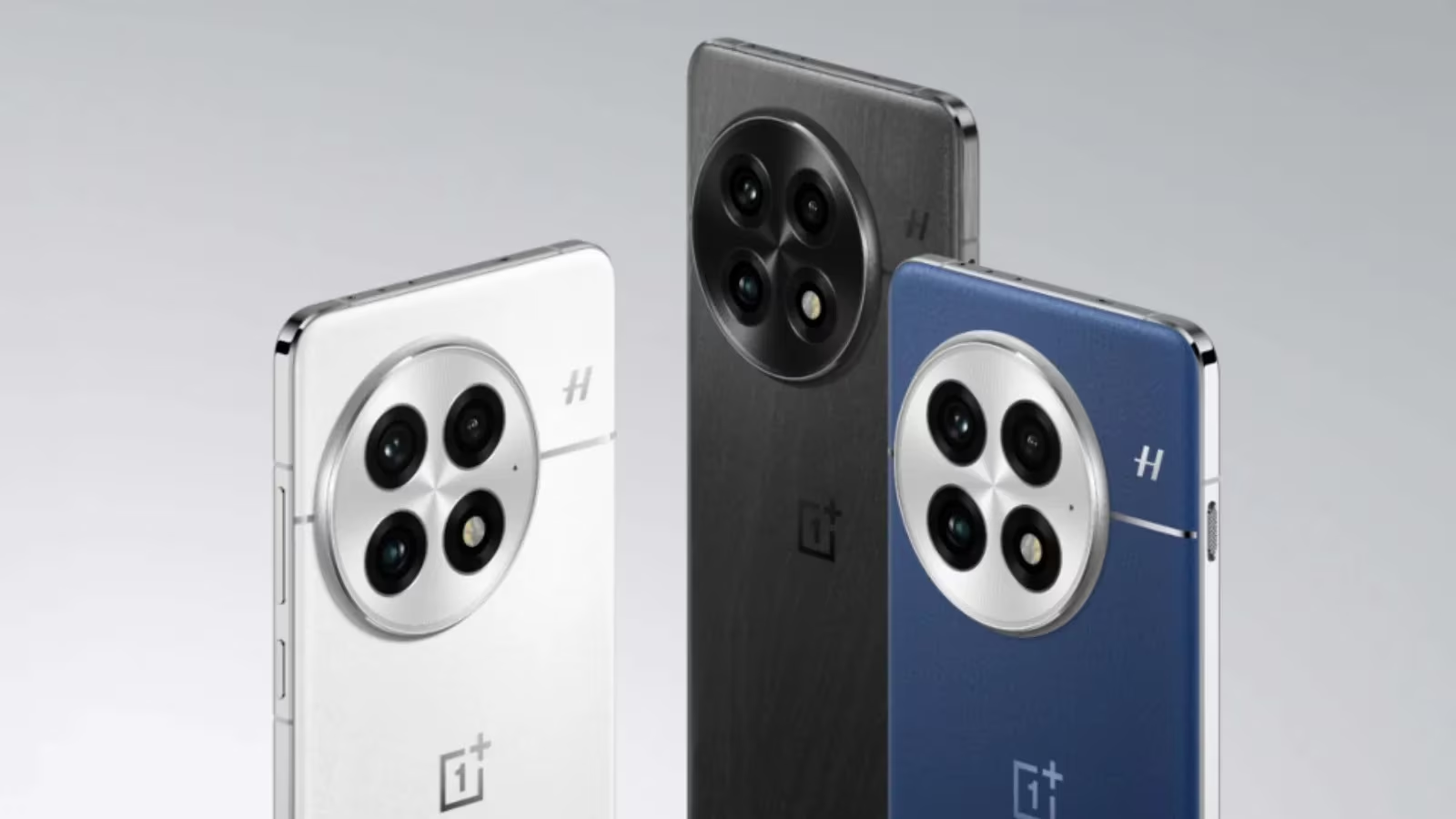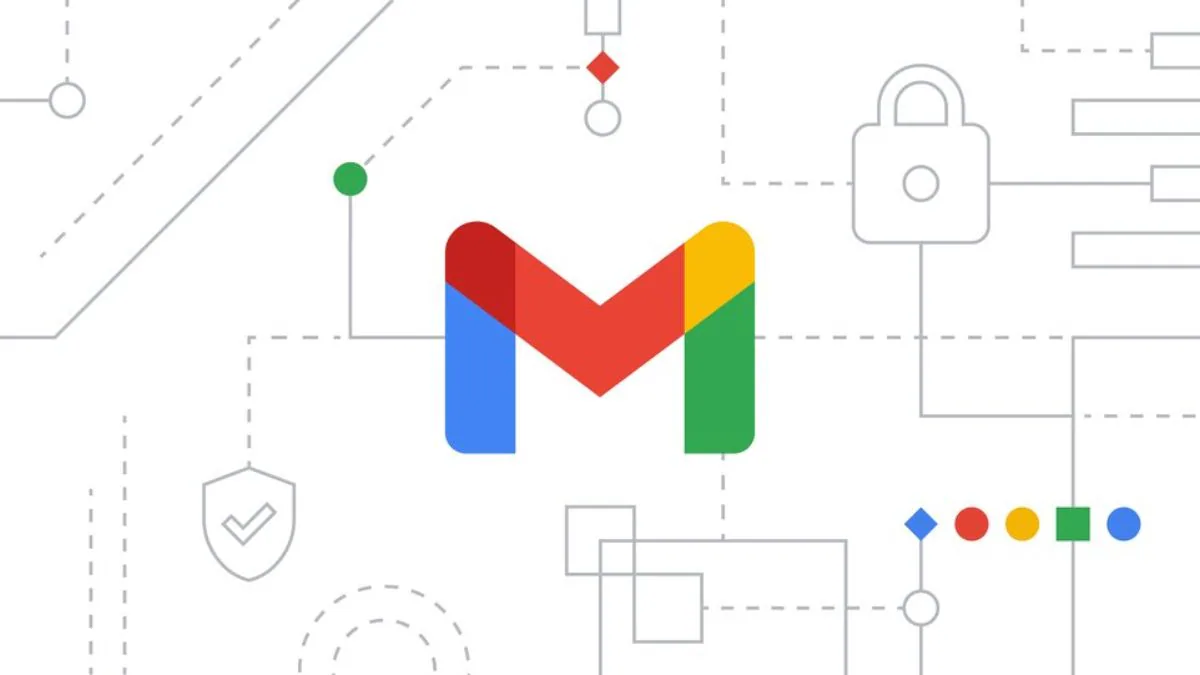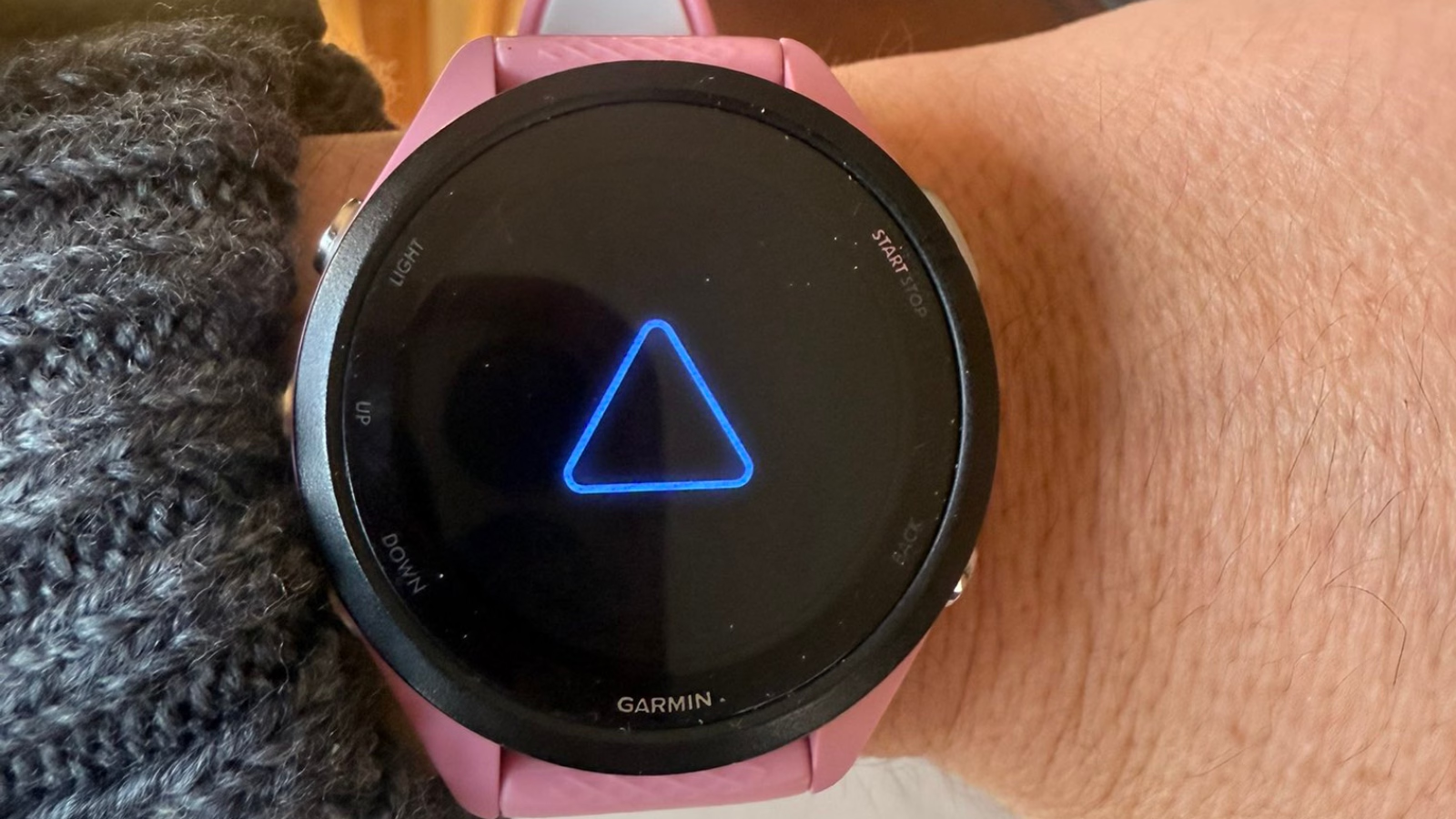In an era where artificial intelligence (AI) increasingly influences content creation, Microsoft Bing has taken a significant step towards ensuring transparency and authenticity in AI-generated images. By integrating Content Credentials into its Bing Image Creator, Microsoft aims to embed an invisible, digital watermark in all AI-generated images, adhering to the Coalition for Content Provenance and Authenticity (C2PA) specifications. This feature marks a pivotal move in the battle against misinformation and the misuse of AI in generating deceptive imagery.
Key Highlights:
- Integration of Content Credentials: All AI-generated images by Bing Image Creator now feature an invisible digital watermark.
- C2PA Specification Compliance: This watermark confirms the image’s AI origin, including the date and time of creation, in line with C2PA standards.
- Enhanced User Trust: By distinguishing AI-generated images, Microsoft enhances transparency and user trust in digital content.
- Wider Application: Microsoft plans to extend Content Credentials to other tools, including Microsoft Designer and potentially more applications.
Understanding the Impact of Content Credentials
Content Credentials serve as a digital signature, affirming the AI-generated nature of an image. They provide a tamper-evident way to disclose the origin and history of content, thereby enhancing the transparency and authenticity of AI-generated visuals. This initiative is part of a broader movement, supported by other industry leaders like Adobe, to establish universal trust and transparency in digital content creation and distribution.
The Mechanism Behind Content Credentials
The technology behind Content Credentials involves attaching a cryptographically signed manifest to each image, detailing the image’s origin, the software used (Azure OpenAI DALL-E in this case), and the creation timestamp. This manifest is a step forward in building solutions that responsibly leverage AI for image generation, ensuring users can differentiate between human-created and AI-generated visuals easily.
Implications for Digital Content Creation
The integration of Content Credentials into tools like Bing Image Creator, Microsoft Designer, and potentially Paint, suggests a future where digital content can be traced back to its AI origins effortlessly. This feature is crucial in distinguishing between human-made and machine-generated creations, ensuring that AI-generated images are used responsibly and ethically.
The Role of the Coalition for Content Provenance and Authenticity (C2PA)
Microsoft’s adherence to the C2PA specification underlines its commitment to a standardized approach to content authenticity. The C2PA is a joint development foundation project aimed at combating misinformation and ensuring the integrity of digital content. By aligning with C2PA specifications, Microsoft joins other industry leaders in a united front against the misuse of AI in content creation.
Broader Industry Support and Future Prospects
Microsoft’s adoption of Content Credentials aligns with efforts by other technology giants and organizations aiming to standardize the transparency of digital content. The initiative is not just a technical advancement but also a commitment to ethical AI use, promoting user trust and combating the spread of digitally altered misinformation.
Microsoft’s introduction of Content Credentials in Bing Image Creator signifies a crucial step towards establishing a more transparent, trustworthy digital space. As AI’s role in content creation expands, such measures are essential to ensure that users can easily identify and trust the origins of digital imagery. This move not only aligns with broader industry trends towards ethical AI use but also sets a new standard for other companies and platforms to follow.



